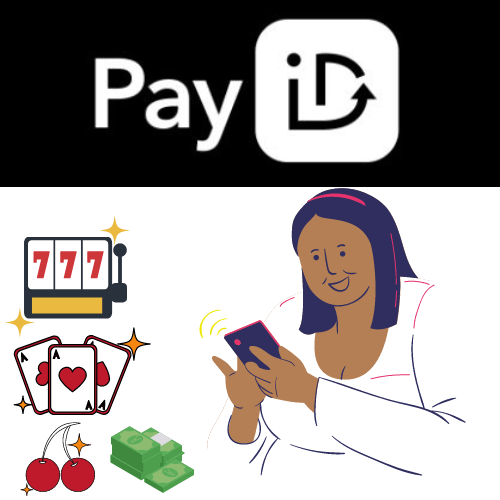Browser features and tools
You need a clear, up-to-date view of available cash to make smart financial decisions. The adept practice of bank reconciliation radiates benefits that extend far beyond balancing numbers. Keeping immaculate records isn’t just about being organized—it’s a best practice that safeguards the financial health of your business.
Navigating the Nuances of Efficient Accounting
Bank reconciliation examples typically reflect scenarios where your bank statement and accounting records differ. It could be an outstanding check that has not yet been deducted from the bank balance or a bank fee that was charged but not yet recorded in the books. Bank reconciliation is the process of comparing your own financial records with bank statements to ensure accuracy. While it may sound a bit technical, it’s actually a straightforward process that can help you manage your money well.
App support
As a commercial lender, commercialization expert and now as a QuickBooks diamond level advisor, Kathy understands the challenges small business owners face. Her experience helps business owners quickly accomplish their financial goals. Handwritten manuscripts dating to that time show that the peso—formally “peso de ocho reales” or “piece of eight” in America—was abbreviated PS. The $ first appeared in print after 1800 and was widely used by the time the first U.S. paper dollar was issued in 1875. As its wealth and power grew, $ became a symbol that represented wealth and financial ambition.
Best Automated Account Reconciliation Solution in 2026
A bank reconciliation reconciles the bank statement with the company’s bank account records. The purpose of this comparing and matching process is to ensure that discrepancies are identified and corrected. In this guide, we walk you through why bank reconciliation is essential, how it works, and what tools can help you streamline the process. From spotting errors to preventing fraud, learn how this simple habit can lead to smarter financial decisions and greater peace of mind. It’s completed by comparing your general ledger to external accounts like a bank statement, or even to internal accounts like a sub-ledger. If this is not done, the accounting process will become more complicated.

Step 1: Collect the business and bank records
This critical financial task ensures that records are accurate, fraud is detected early, and cash flow is managed effectively. Reconciling bank statements is an essential part of maintaining accurate financial records, especially for startups, small businesses, and nonprofits. If you’re new to this or just need a refresher, here’s a detailed guide to help you navigate the process effectively. Bank reconciliation should be prepared often enough to ensure your financial records are accurate and up-to-date. Ultimately, the frequency should match the level of transaction activity and the need for timely financial information.
How Often Should You Perform Reconcile Bank Accounts?
For most individuals and small businesses, monthly reconciliation is sufficient. If you’re wondering where the dollar sign ($) came from, you’re in good company. “Crypto has, for the most part, mainly tried to appropriate the existing symbolic repertoire instead of adding to it.” Consider the bitcoin symbol (₿) and how closely it resembles the dollar symbol.
- In this guide, we walk you through why bank reconciliation is essential, how it works, and what tools can help you streamline the process.
- When it comes to financial well-being, think of frequent bank reconciliation as your regular health checkup.
- Yes, there is a standard bank reconciliation template that acts as a guideline to reconcile accounting records with bank statements.
- Banks and other places that keep track of money use the dollar sign all the time.
Some other people connect the dollar sign to coins that had the Pillars of Hercules on them, shown with ribbons. At first, people in Spanish America started to use the dollar sign in the 1770s. For example, a cent in USD is equal to one-hundredth of a dollar. When Spain underwent a coinage reform in 1497, the dollar was introduced as https://pad.stuve.uni-ulm.de/54LZK8x_ST2B59Kq5Gbs6A/ Spain’s unit of currency.
